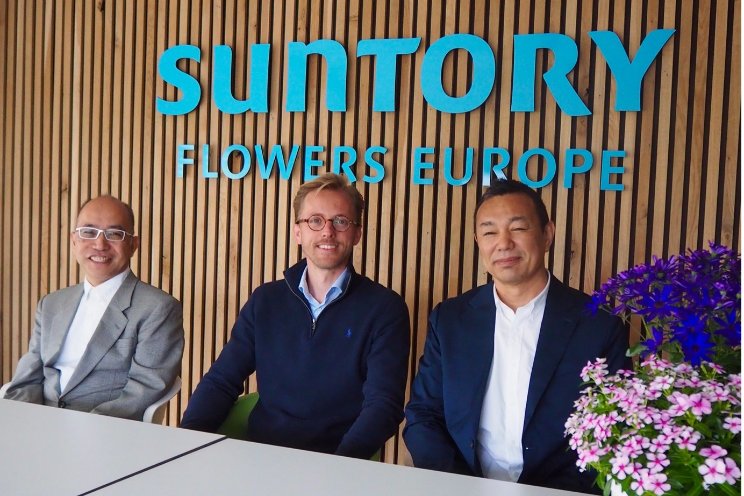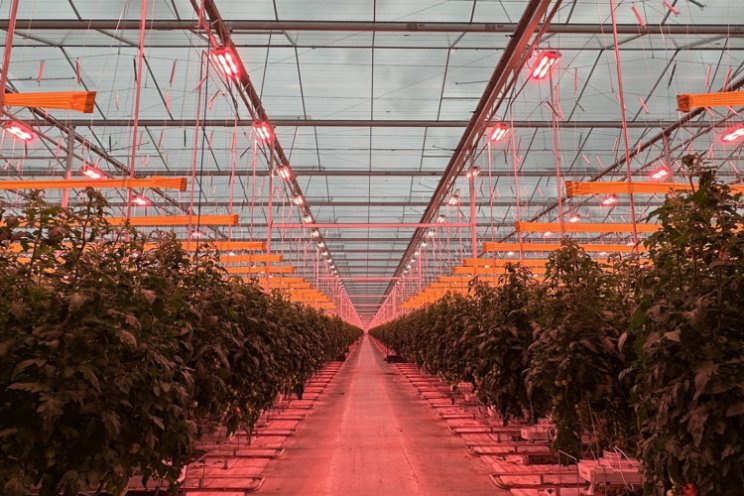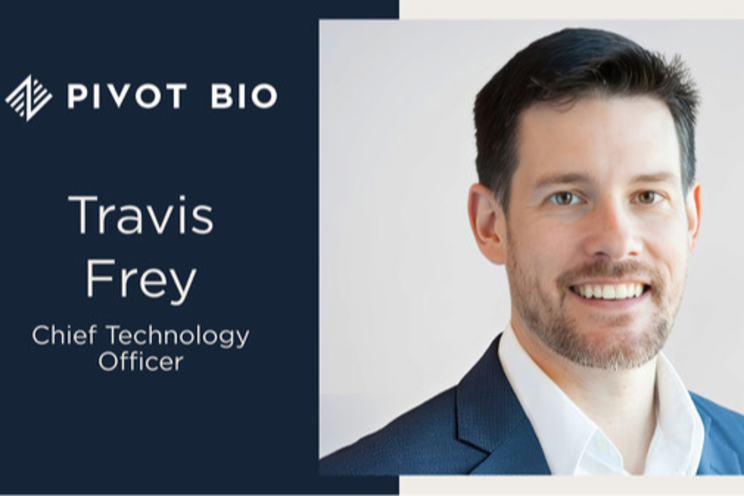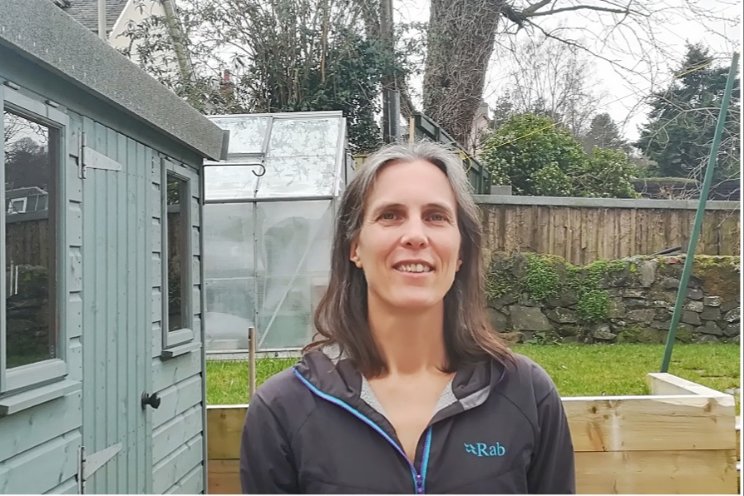RESEARCH| Subirrigation in greenhouses
Added on 04 March 2020
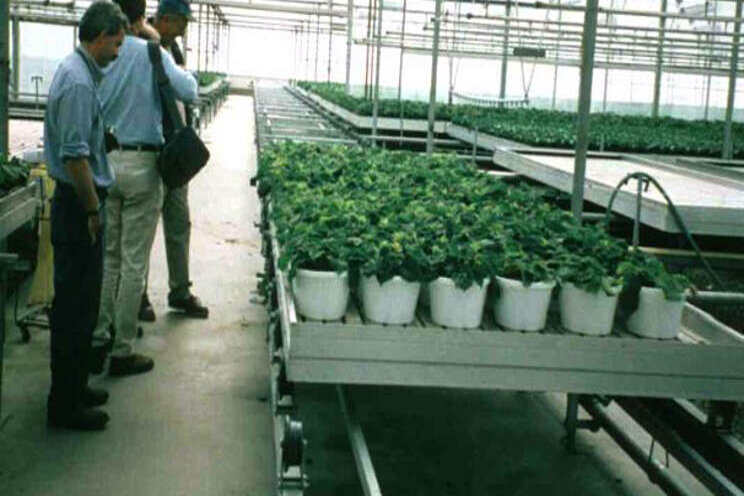
The bottom of the pot is submerged in water or fertilizer for a brief period (generally 5 to 20 minutes) which gives the growing medium enough time to absorb the water. After irrigation is complete, the water is drained back into a holding tank and is reused for subsequent irrigations.
Since this is a closed system, there is no leaching of water or fertilizer which prevents possible environmental problems. In addition, less water and fertilizer are needed, which reduces the production costs. Perhaps the largest benefit is that subirrigation systems can be easily automated, thus reducing labor costs for irrigation. Many growers have reported very positive experiences with subirrigation.
Photo Courtesy of Cornell University
Among the most common questions concerning subirrigation systems are:
- Are diseases spread by the recycled irrigation water?
Although a possibility, this has not been much of a problem, although we do not fully understand why disease spread by the irrigation water is uncommon. It is possible that pathogens do not survive well in the fertilizer solution, or perhaps they settle in the bottom of the holding tank. When possible disease spread is a major concern, the drain water can be disinfected with ozone or UV radiation. Filtration of the drain water is another option, and will help keep the holding tanks clean. In practice, most growers report a reduction in diseases with subirrigation, even though most do not disinfect the water that drains back into the holding tanks. In addition, the incidence of foliar diseases is reduced, because the foliage is not wetted during irrigation.
- How often should I irrigate?
This is not all that different from any other irrigation system, and irrigation should be based on the crop's requirements. The main difference is that you cannot spot water with subirrigation. You either water al the plants (within a bay), or you don't water any.
- Can I grow different crops together?
Yes! Growers successfully have combined different species and even plants in different container sizes within one subirrigation bay. As long as you leave the pots in the water long enough, the growing medium will get rewetted thoroughly. Bedding plants and containers crops can be grown together, as long ass their fertility requirements are similar.
- How much fertilizer should I use?
The common guideline has been to cut fertilizer concentration in half compared to overhead irrigation or hand-watering. The idea is that you don't need as much fertilizer, because there is no leaching. Based on my experience with subirrigation, cutting fertilizer concentrations in half does not always give the plants sufficient nutrients. Instead I would recommend only a 25% reduction in fertilizer concentrations. It is true that nutrients are not leached out of the pots. However, many of them tend to accumulate in the top layer of the growing medium. Since most of the root growth in subirrigation systems normally occurs in the bottom part of the pots, the nutrients in the top layer are not available to the plants. So even though there is no leaching, some of the nutrients will become inaccessible to the plants anyway.
Click here for more information.
Photo Courtesy of Cornell University
Source: Horticultural Physiology
More news
